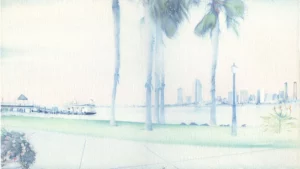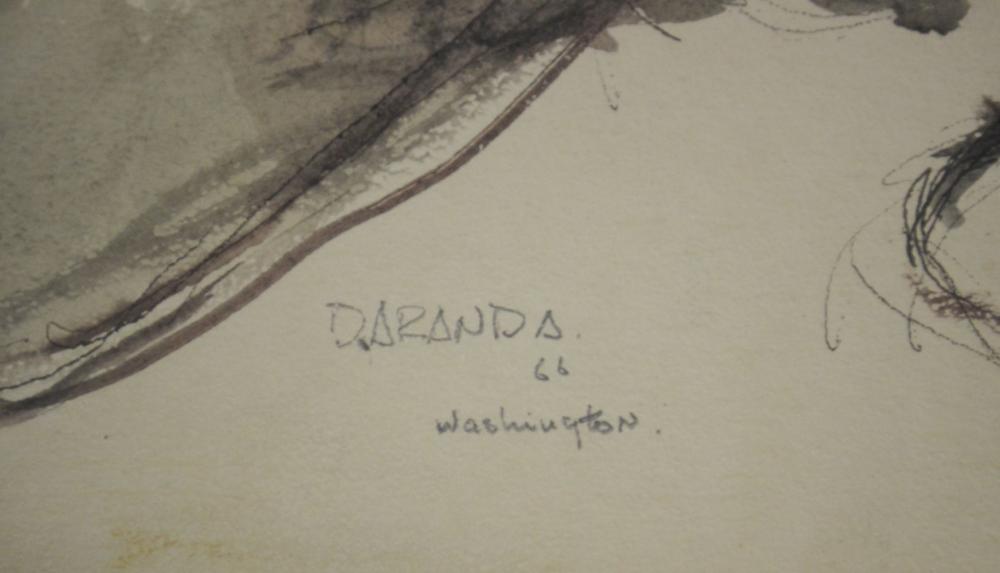Artist Nicaraguan-American Painter Dino Aranda is very good at using watercolors to paint calm scenes. The soft, bright colors and lines in his work make you feel like you’re in a dream. You feel like you’re seeing them through a foggy glass. But Aranda’s work from the 1960s and 1970s was sad.
The colors were soft and earthy, and the lines and brushstrokes were rough. The artist made a lot of different types of art, which is cool. Aranda’s style changed a lot at the same time that the room went from dark to light.

A Look at Nicaragua
Aranda has been interested in art since he was a kid in Managua in 1945. Roger Pealba taught him at the School of Fine Arts in Managua. He is known as the “father” of plastic arts in Nicaragua. From 1957 to 1963, he went there to school. Aranda took Pe’alba’s modernist ideas to heart and came up with his own way to paint still lifes.
There will be a meeting of the Praxis Gallery Group.
Elaine Aranda, César Izquierdo, Genaro Lugo, Leoncio Sáenz, Orlando Sobalvarro, Luis Urbina, and Leonel Vanegas are the other artists who started the Praxis Gallery Group with Aranda. Both of them thought that the abstract and social realism art styles popular in Latin America at the time were bad.
There was a change in D.C.
A Ford Scholarship let Aranda go to the Corcoran School of Art and Design in Washington, D.C., in 1965. He kept making art that showed how bad the Somoza government was even after he left Nicaragua. From 1936 to 1979, Nicaragua was run by a government that was led by the Somoza family. People who saw his show at the Fondo del Sol Multicultural Museum in 1992 said it was “powerful show of brooding, semi-abstract images” that showed how people were suffering in a country that had been changing for decades. The Washington Post praised his “delicate abstraction” at the time.
Taking on a look from Native America
He used themes from Native Mesoamerica, especially those from his Maya past, in his work in the 1980s and 1990s. Quetzalcoatl, the god of the flying snake, meant spiritual unity and a fresh start for him. His three most important books about this god were all written between the 1970s and 1990s.
A fresh start in the Wild West
She went from Washington, D.C., to Southern California in 1999 to find new art ideas. His most recent works are less political and more about the beautiful, blurry landscapes he saw in Florida, Arizona, and California. His works have been kept for a long time in many places around Washington, DC. The Art Museum of the Americas, the National Gallery of Art, and the National Museum of American Art are a few of these.
A report on what’s new in Sedona, Arizona
His wife and he live in Sedona, Arizona. His wife is an immigration lawyer who helps people who are trying to find safety and families who have been affected by policies at the border between the U.S. and Mexico. At dinoarandaartist.com, his art business and online store are still open for business.
Dino Aranda has grown and changed a lot as an artist, which shows how he and the world around him have changed too.
